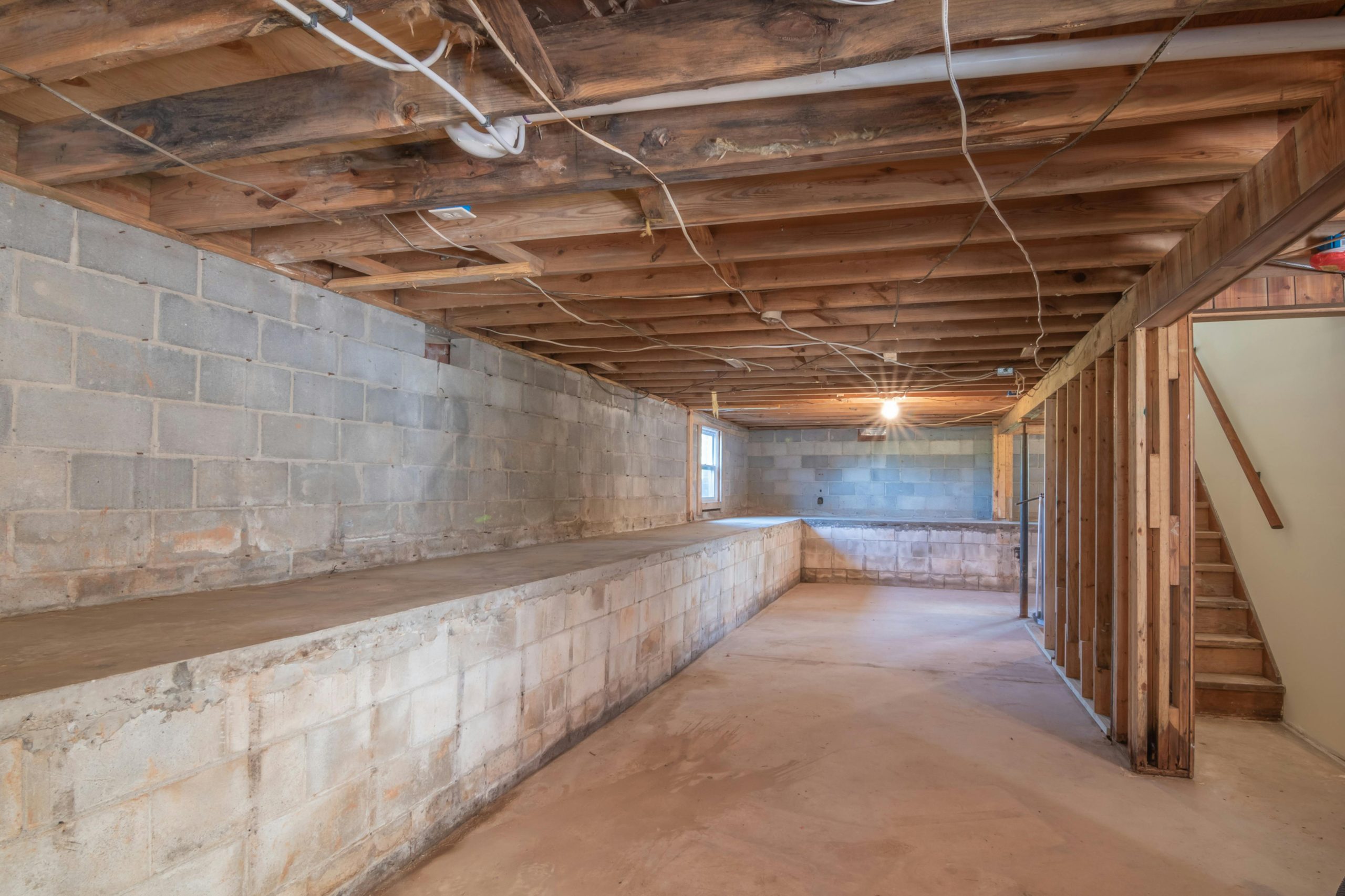How to Keep Your Cool When Poker Gets Competitive
Poker can be one of the most mentally challenging games on earth. Every table has its own rhythm and personality, and sometimes that personality can be downright fierce. Whether you are playing in a live setting surrounded by talkative opponents or in an online poker room filled with fast hands and constant re-raises, learning to adjust to aggression is crucial for long-term success.
Online poker, in particular, has made aggressive play more common than ever before. Because the pace of play is faster and anonymity emboldens players, you’ll often find yourself facing frequent raises, 3-bets, and big bluffs. Unlike in live poker where players reveal more physical cues, online aggression can be more unpredictable. To thrive in such an environment, you must develop a calm, calculated approach that allows you to counter the pressure without losing your composure or your chips.
Understanding Aggression
Before you can adapt, you need to understand what aggression looks like and why it happens. Aggressive players use frequent bets and raises to put their opponents on the defensive. Their strategy forces you to make difficult decisions with marginal hands. At its core, aggression is about control. By continually applying pressure, these players dictate the pace of the hand and the flow of the table.
There are generally two types of aggressive players. The first is the smart aggressor who chooses their moments carefully and knows when to back off. The second is the reckless aggressor, often known as a “maniac,” who plays far too many hands and relies on chaos to win pots. Recognising which type you’re facing helps determine how you should respond.
Tighten Up and Play Stronger Hands
The first adjustment you should make at an aggressive poker table is to tighten your starting hand range. You don’t need to play fewer hands overall, but you should focus on hands that can withstand aggression. Premium starting hands like big pairs, high suited connectors, and strong aces hold up better against frequent raises and re-raises.
When facing an aggressive player, calling too often with speculative hands such as weak suited connectors or low pairs can lead to expensive mistakes. These hands rely heavily on seeing flops cheaply, which is unlikely when the table is raising almost every hand. Instead, wait for opportunities where you can enter the pot with a hand that plays well in big pots.
Re-Raise Strategically
One of the most effective ways to combat aggression is to fight fire with fire. If an opponent is raising too frequently, re-raising (or “3-betting”) with a solid range of hands can make them think twice about bullying you. However, you must choose your spots carefully. Overdoing this tactic can quickly backfire.
A well-timed re-raise with a strong but not necessarily premium hand can often force an aggressor to back off. It also helps establish that you are not easily intimidated, which may lead them to adjust their play in future hands. That said, always be prepared for a player who refuses to slow down; your goal is to outthink them, not to outgun them blindly.
Don’t Bluff Without a Plan
Aggressive tables can tempt you into bluffing more often, but this is usually a trap. Players who are constantly betting and raising are less likely to fold. If you decide to bluff, make sure you have a clear story to tell with your bets. For example, semi-bluffing with a strong draw gives you multiple ways to win the hand, either by hitting your card or forcing a fold.
In online poker, bluffing becomes even trickier because you can’t rely on visual cues. Many online players use tracking software or hand histories to spot patterns, so reckless bluffs are easily exposed over time. Instead, keep your bluffs selective and consistent with the way you’ve played other strong hands.
Manage Your Emotions
Aggressive tables can be frustrating. It’s easy to feel like every pot is being stolen from under you. The key to surviving — and ultimately thriving — in these conditions is emotional control. Never let an aggressive opponent push you into making rash decisions.
Take your time with each hand, even when facing rapid-fire bets in an online setting. Use the time bank if necessary. Remember, your goal is not to beat every hand but to exploit the tendencies of your opponents over the long run. When you remain composed, you force emotional players into making the kind of mistakes that cost them money.
Observe and Adapt
Poker is a game of adaptation. Over time, patterns always emerge, even at the most chaotic tables. Pay close attention to how often opponents raise pre-flop, how they behave when called, and what hands they show down. In online poker, you can use note-taking features or HUD statistics to help track these trends.
Once you identify tendencies, you can make precise adjustments. If an opponent frequently bluffs on the river, you can call down lighter in those spots. If they only show aggression when holding strong hands, you can safely fold weaker holdings. The key is to observe objectively and react based on evidence, not emotion.
Staying Patient is Key
Aggressive poker tables can be intimidating, but they are also full of opportunity. Players who can keep their cool, tighten up their range, and adapt their strategies will often find that these games are highly profitable.
Online poker might expose you to more aggressive opponents than live play, but learning to stay patient and observant will give you the edge you need. In the end, poker isn’t just about playing your cards, it’s about playing the players. And once you master the art of adjusting to aggression, you’ll find that even the toughest tables become your hunting ground rather than your battleground.
Master the Chaos and Take Control
Adjusting to aggressive tables requires selective aggression that punishes loose play without becoming reckless. Tighten opening ranges but widen three-betting ranges with premium hands to isolate aggressive players. Call less frequently and raise more often to reclaim initiative. Trap with strong hands by occasionally flatting instead of always three-betting, allowing aggressive opponents to hang themselves with continued aggression.
Position becomes even more critical at aggressive tables. Play tighter from an early position where facing multiple aggressive players becomes likely. Expand ranges from the button and cutoff where acting last provides control. Use position to apply pressure when aggressive players show weakness. Avoid marginal spots out of position where facing multiple streets of aggression becomes costly.
Emotional control separates winners from losers at aggressive tables. Variance increases dramatically when pots get large frequently. Downswings feel more severe. Bad beats happen more often. Staying disciplined through turbulence determines success. The aggressive players eventually make costly mistakes. Patient adjustment capitalizes on their errors without joining the chaos. Sometimes the best aggression comes from waiting for the right moment to strike decisively rather than battling constantly in marginal situations.






